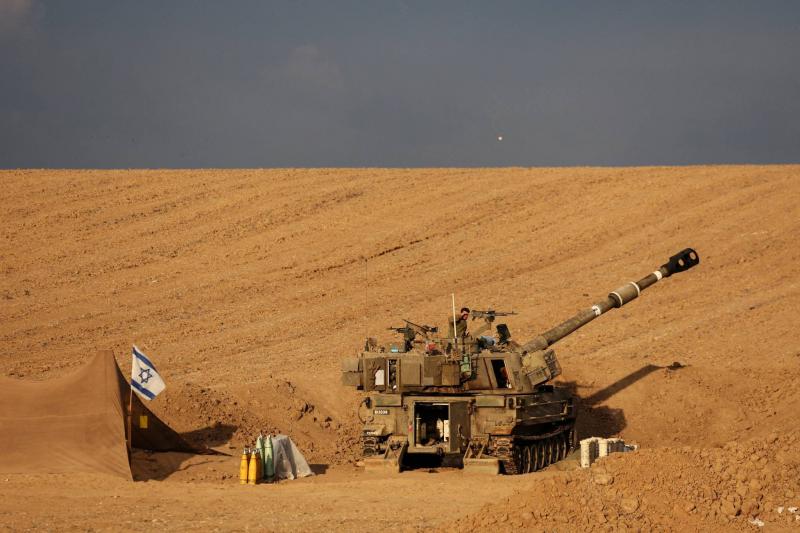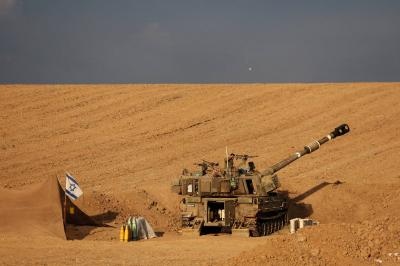Agriculture in the Gaza Strip has suffered severe destruction since October 7, as satellite images reveal the extent of the damage to this sector. An investigation by the Washington Post showed that "Israeli airstrikes and bulldozers destroyed farms and orchards, while crops left by farmers seeking safety in southern Gaza withered, and livestock were left to die." Subsequent analysis of agricultural data, satellite images, and interviews with experts and Palestinians in the sector reveals that the already weak agricultural system is on the brink of collapse.
The investigation indicated that "Gaza imported most of its fruits and vegetables due to the ongoing blockade, with Israel controlling all crossings except for one, limited access to water and electricity, and restrictions on the inhabitants' ability to import and export goods, as residents were prevented from using deep water off the coast." Gazans engaged in agriculture and fishing as much as possible, building greenhouses on rooftops, collecting rainwater for irrigation, and modifying boats to run on cooking oil or car engines, while small olive groves and fruit trees dotted the landscape.
Local products such as tomatoes, cucumbers, eggplants, herbs, and red and green chili peppers were sold in markets or directly to kitchen tables. Families relied on local production for over 40 percent of their fruits and vegetables up to 2022, according to the Palestinian Central Bureau of Statistics. Agriculture represented nearly half of Gaza's total land area before the war, according to the United Nations satellite center (UNOSAT); now, 45 percent of that agricultural land has been damaged.
Satellite images captured by Planet Labs show damage to tree crops east of Maghazi. Tom Daninbaum, an associate professor of international law at the Fletcher School of Law and Diplomacy at Tufts University, stated, "With very limited exceptions, attacking or destroying, removing, or rendering such objects useless is prohibited." He Yien, a satellite image analyst and assistant professor at Kent State University, found that nearly half of the olive and fruit trees in the sector had been damaged or destroyed by April 3, and in northern Gaza, losses could reach up to 71 percent. She also revealed that nearly a quarter of the 7,000 greenhouses in the sector had been destroyed, and 42 percent had been damaged and were likely unusable.
Maximo Torero, chief economist for the Food and Agriculture Organization of the United Nations, stated that the level of food insecurity has reached a critical stage. He added, "This is entirely man-made. Thousands of lives, perhaps hundreds of thousands of lives, are now at risk."




